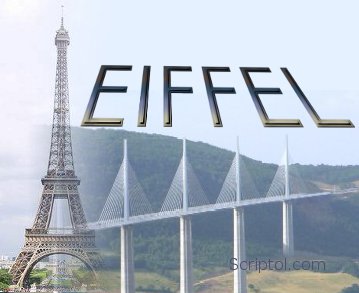Eiffel - Safe Software Language
"Eiffel" was designed by Bertrand Mayer in 1985. The idea was to correct the shortcomings of other classical languages that are the cause of errors and cost programmers time. He draws inspiration from theoretical languages invented at the university and never implemented until now. And so is The Rock.
This is a purely subject-oriented language.

The name Eiffel is inspired by the name of the tower builder and wants to raise the idea that a well-thought-out design allows you to go further.
According to the author, it should be used to produce high-quality software made by professional programmers. It's a choice of language when safety is important. It is often used by hospitals.
Eiffel became the ECMA standard in 2006 under the name ECMA-367, which describes it as a programming, analysis and design language.
Locks from unexpected effects
The language was designed to avoid unexpected effects with arguments passed to functions, such as division by zero. This is such a tiny mistake that caused the Ariane 5 rocket launch failure in 1996.
- General classes. Reuse classes with different types.
- Virtual classrooms. Some kind of interface. The methods are virtual until the compiler makes them real, or even inline.
- Multiple inheritance.
- Biases and after the fact (so-called statements, contract programming).
- Inherited types that are also language objects. "Integer" inherits "digital," etc.
Sample code
Hello world!
class SALUT
creation
make
feature
make is
local
io:BASIC IO
do
!!io
io.put_string("%N Salut le Monde!")
end --make
end -- class SALUT
Sites and tools
- SmartEiffel. Porting free and open language.
- Sater. Very close language, open source.
- Visual Eiffel. Another version.